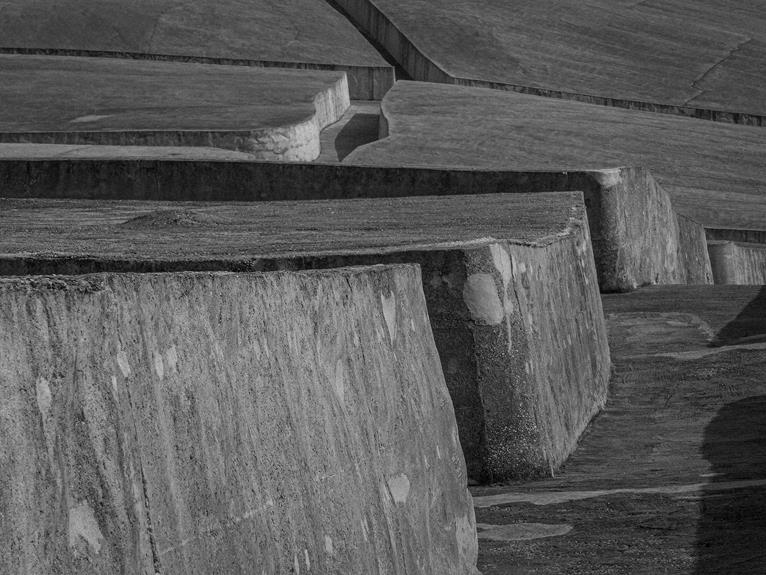WALL OF SAVINGS: Retaining Wall on a Budget
Building a retaining wall on a budget requires careful planning and research to balance functionality, aesthetics, and cost, ensuring a structurally sound and visually appealing outdoor space. A well-designed retaining wall can be a cost-effective solution for transforming sloping terrains, preventing erosion, and enhancing curb appeal. By prioritizing strength and stability, considering affordable materials such as landscape timbers or concrete blocks, and weighing key design factors like drainage and environmental impact, homeowners can achieve their landscaping goals without breaking the bank. To explore the most effective ways to save on your retaining wall project while ensuring its integrity and beauty.
Understanding Retaining Walls
A property's landscape can be drastically altered by the presence of a retaining wall, transforming a once-sloping terrain into a functional and visually appealing outdoor space.
This outdoor feature secures or retains soil, preventing erosion and ensuring structural integrity.
Retaining walls are commonly used along highways and in residential landscaping where driveways or features have been cut into a hillside.
They can be part of an erosion prevention system when combined with vegetation, drains, and other landscaping features.
Building on a Budget
Building a retaining wall doesn't have to break the bank. With some planning and research, you can create a functional and aesthetically pleasing wall without overspending.
Start by considering the purpose of your wall and the materials you'll need. Landscape timbers are a cost-effective option for smaller walls, while natural stones or concrete blocks may be more suitable for larger projects.
Prioritize strength and stability, and don't be afraid to consult a professional if you're unsure. By keeping your design simple and using affordable materials, you can create a retaining wall that meets your needs without draining your wallet.
With a little creativity and resourcefulness, you can achieve your landscaping goals on a budget.
Material Cost Comparison
When it comes to constructing a retaining wall on a budget, understanding the costs associated with different materials is crucial.
Landscape timbers are a cost-effective option, with prices ranging from $12 to $15 per square foot.
Natural stones offer a more varied price range, from $0 to $30 per square foot, depending on the type and quality.
Concrete blocks and interlocking cement blocks are mid-range options, costing between $20 and $30 per square foot.
Poured concrete is the most expensive option, with prices ranging from $25 to $40 per square foot.
Essential Design Considerations
Three key factors underpin the success of a retaining wall: functionality, safety, and aesthetics.
A functional retaining wall must be able to withstand soil pressure and prevent erosion, ensuring the structural integrity of the surrounding landscape.
Safety is also vital, as a failing wall can lead to accidents and damage to nearby properties.
Aesthetics, although often overlooked, play a significant role in enhancing the overall appeal of the outdoor space.
When designing a retaining wall, it is essential to weigh factors such as drainage, erosion, and environmental impact.
DIY Vs. Professional Help
While a well-designed retaining wall can substantially enhance the appeal of an outdoor space, its primary function is to provide structural support and prevent soil erosion.
When considering DIY versus professional help, verifying your skills and experience in masonry and woodworking is crucial. If you're confident in your abilities, using landscape timbers or concrete blocks can be a cost-effective option.
However, taller retaining walls or those requiring complex engineering should be built by professionals to guarantee stability and safety. Additionally, consulting a structural engineer or local authorities can provide valuable guidance and peace of mind.
Frequently Asked Questions
Can a Retaining Wall Be Built on a Slope or Uneven Ground?
Yes, a retaining wall can be built on a slope or uneven ground, but it requires careful planning, design, and construction to guarantee stability and structural integrity, taking into account factors such as drainage, erosion, and environmental impact.
How Deep Should a Retaining Wall's Foundation Be Dug?
When constructing a retaining wall, the foundation's depth depends on factors such as soil type, wall height, and load-bearing capacity. A general rule of thumb is to dig the foundation to a depth of at least one-third to one-half the wall's height.
Can I Use Recycled or Reclaimed Materials for My Retaining Wall?
When considering eco-friendly options, using recycled or reclaimed materials for your retaining wall can be a sustainable choice, offering a unique aesthetic while reducing waste and environmental impact, but verify the materials' structural integrity and compliance with local building codes.
Will a Retaining Wall Affect the Resale Value of My Property?
A well-designed and constructed retaining wall can increase a property's resale value by enhancing its aesthetic appeal, improving functionality, and providing a sense of safety and security, ultimately making it more attractive to potential buyers.
Can a Retaining Wall Be Used as a Seating Wall or Planter?
When designing a retaining wall, consider dual functionality by incorporating seating or planter features, enhancing the wall's aesthetic appeal and increasing its functional value, while ensuring structural integrity and safety remain paramount considerations.



